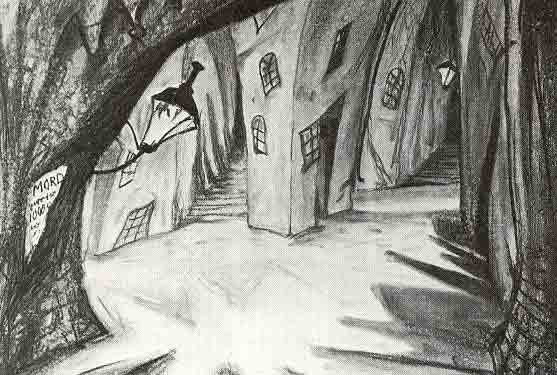As a reaction against Impressionism, the Expressionists sought to portray not simply what was seen, but what was felt. Expressionist art is about the reaction the artist has to the object, the inner conflict, often deeply disturbing, bleak, sensual, and at its height, a reaction against a war-torn Germany. Think Metropolis, Das Kabinett des Dr Caligari, the writing of Fritz von Unruh, Alfred Kubin, and the art of Otto Dix and Kathe Kollwitz. Sein und Werden is a term used in German Expressionism to mean being and becoming. To grow, mature, expand along a given path, to journey, to find completion. There is some opposition within the parameters of the term Expressionism, with some artists evoking a complete absence of individualism, concentrating instead on the world around them. Whilst others concentrate on the internal terrain, the rollercoaster ride of the psyche, using such tricks as chiaroscuro, visions of light and dark, shadows, distorted images, to depict a nightmareish world. It is this which interests me most, Heidegger's dasein (or becoming) of the personality. This is where I find the overlap with Existentialist ideas.
The names Kiekegaard, Nietzsche and Heidegger come to mind as early pioneers of this widely termed philosophy. However, it is the ideas and literature of Sartre which impress upon me most the importance of becoming. We are born as nothing, said Sartre, and only through experience and communication do we begin to understand, that is, to mature into what we are to become.
Often it is through the writing of dreams, of the unconscious, that one can get close to the centre of who they are. Breton, Ernst, Dali, all used the flow of consciousness, immediate and transcendent, to express what they termed Surrealism. My aim with Sein und Werden is to create a platform for contemporary art that merges expressionism, existentialism and surrealism in its ideas, style and/or content.
Rachel Kendall

